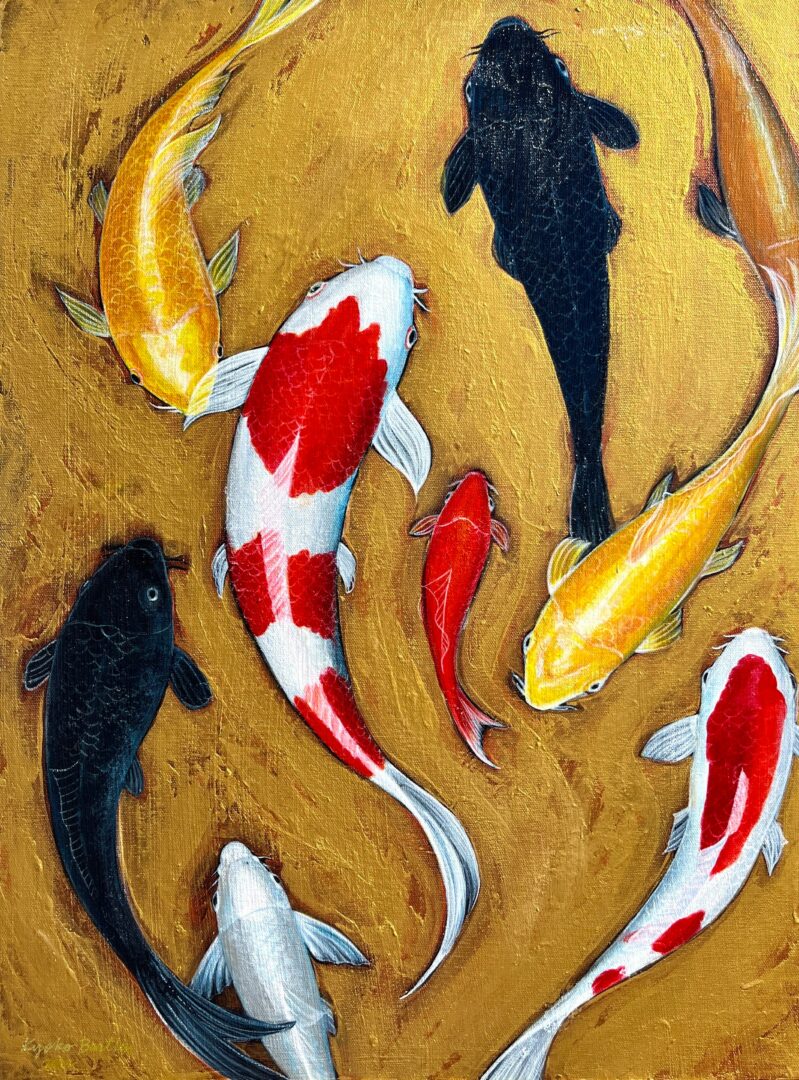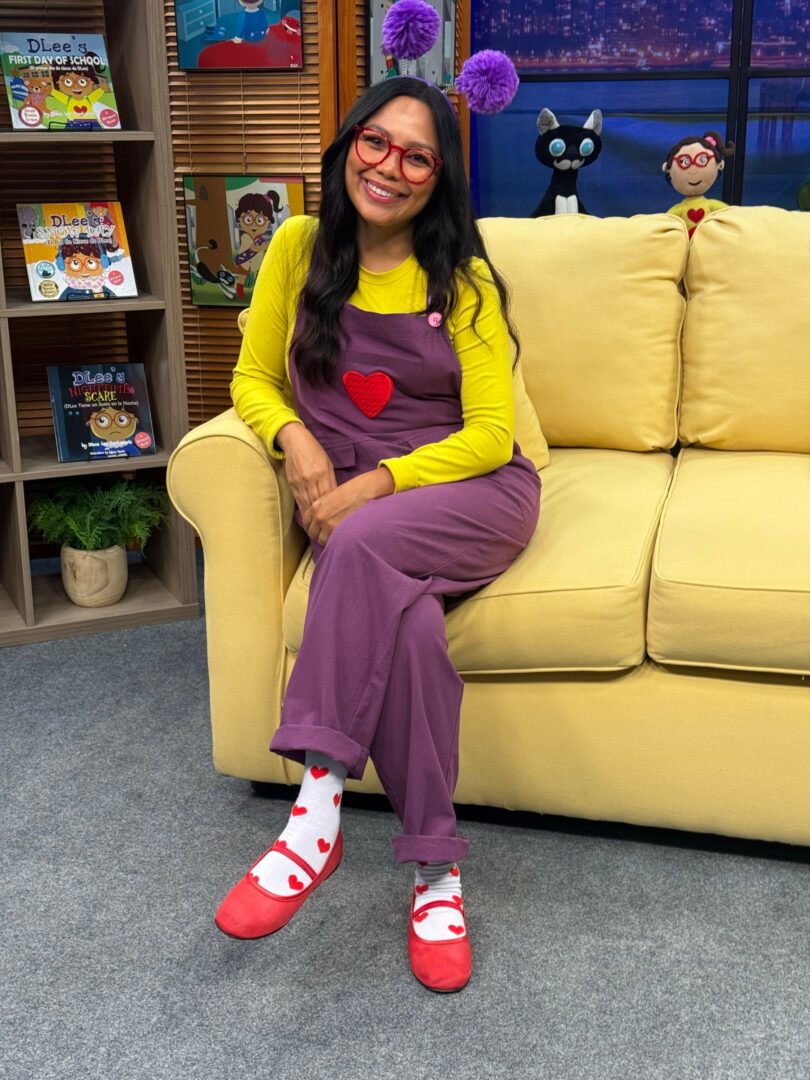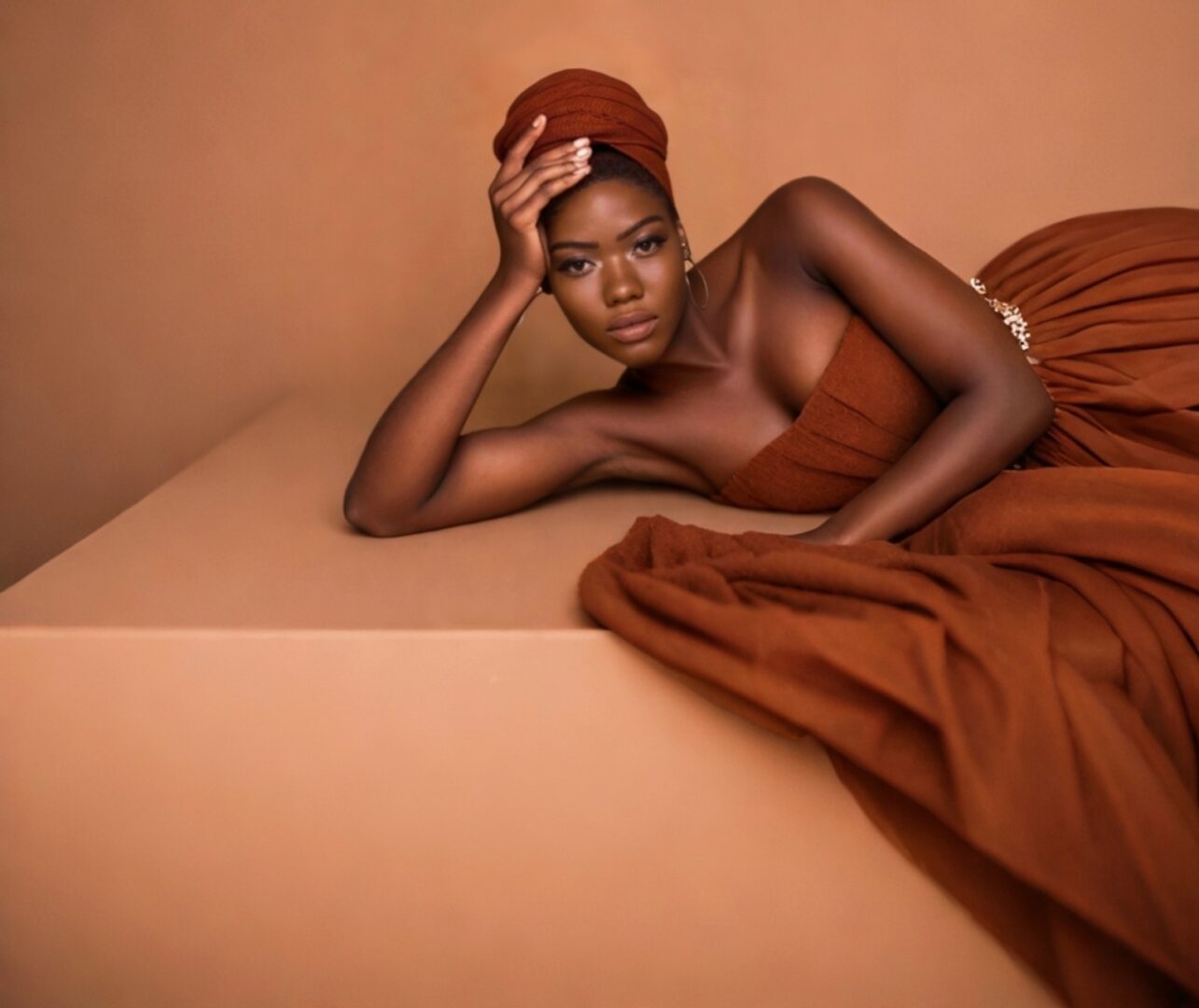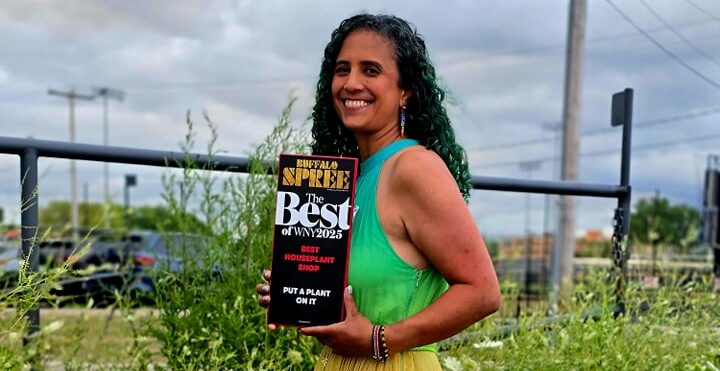We caught up with the brilliant and insightful Kyoko Bartley a few weeks ago and have shared our conversation below.
Kyoko, so great to be with you and I think a lot of folks are going to benefit from hearing your story and lessons and wisdom. Imposter Syndrome is something that we know how words to describe, but it’s something that has held people back forever and so we’re really interested to hear about your story and how you overcame imposter syndrome.
Well, this is one of those questions that’s tough for any artist to answer honestly, but I’ll give it a shot!
The truth is, I haven’t completely overcome imposter syndrome. I’ve been taking commissions, creating illustrations, comics, and paintings since I was 17. This year actually marks my 30th anniversary of getting paid for my art! You’d think after three decades I’d feel like a “real artist” by now, but anyone who’s passionate about their craft—whether it’s painting, music, crafts, or sports—knows there’s really no finish line when it comes to learning and improving your skills.
For example, as a teenager aiming for art school, your goal is just to master the skills you need to pass the entrance exam. But once you start working professionally, you realize the cycle of discovering new techniques and challenging yourself never ends. Yet, deadlines are real, and both time and energy are limited. So you have to call a piece “finished” at some point—even if you secretly wish you could keep working on it forever.
When I was younger—especially before 25—I rarely felt completely satisfied with what I’d made. I’d always think, “I could’ve done more. I should’ve changed that. Why didn’t I notice this mistake?” The next day, I’d look at the finished work and find endless things to regret. I’d compare myself to other artists, sometimes feel envious, or wonder, “Why is that person, who’s younger than me, so much better? And how did that artwork become so famous?”
Honestly, it wasn’t healthy!
But after turning 40, I finally learned to know myself a little better. I stopped comparing myself to others so much. The constant sense of urgency faded away, too.
A big part of that change came from moving from Japan to the US. I came to America when I was 33, and now it’s been about 15 years. The first few years were a blur of culture shock and trial-and-error as I tried to adapt to American ways of thinking. But I really appreciate how diverse and individualistic America is—there’s so much space for different people, and everyone keeps a healthy distance. There’s this unspoken rule here that “it’s okay to be yourself,” and at first, that was totally foreign to me!
In Japan, everyone is expected to meet a certain standard, not just in morals but even in how you think. That has its strengths—it shapes Japanese culture—but the American style of respecting individuals, minding their own business, and even just casually complimenting others was a huge relief for my artist’s soul.
It honestly helped heal me.
I started to see other people’s art differently, too—not as competition, but just as “Oh, that’s wonderful! I bet they practiced so much to get there. I want to keep growing, too.”
So, I’m grateful to America. I’m grateful to my community. And most of all, I’m grateful to my 33-year-old self who took a leap of faith and decided to move here, all those years ago. (Seriously, thanks, Past Me!)
And you know what? Another huge turning point for me was becoming a mom here in America. Let’s be honest—moms are the strongest people on the planet. Am I right? Once you become a mother, you just can’t afford to sit around overthinking your own issues all day.
And honestly, my daughter—she’s my greatest masterpiece. I’ve already created the most beautiful work of art in my life, and now she’s getting ready to spread her wings on her own. She’s not something I can control, and that’s been a big lesson for me, too.
The way I see it, my sense of beauty—what I pour into my paintings—is ultimately shaped by my own ego and unique perspective. Of course, I’m grateful to everyone who connects with my art or decides to bring a piece home. But I can’t tell people how they should feel when they look at my work.
I put my heart and soul into every piece, hoping to express something real—but after that, I’ve realized, the real beauty is in the freedom for each person to feel and interpret it however they want. And I love that.
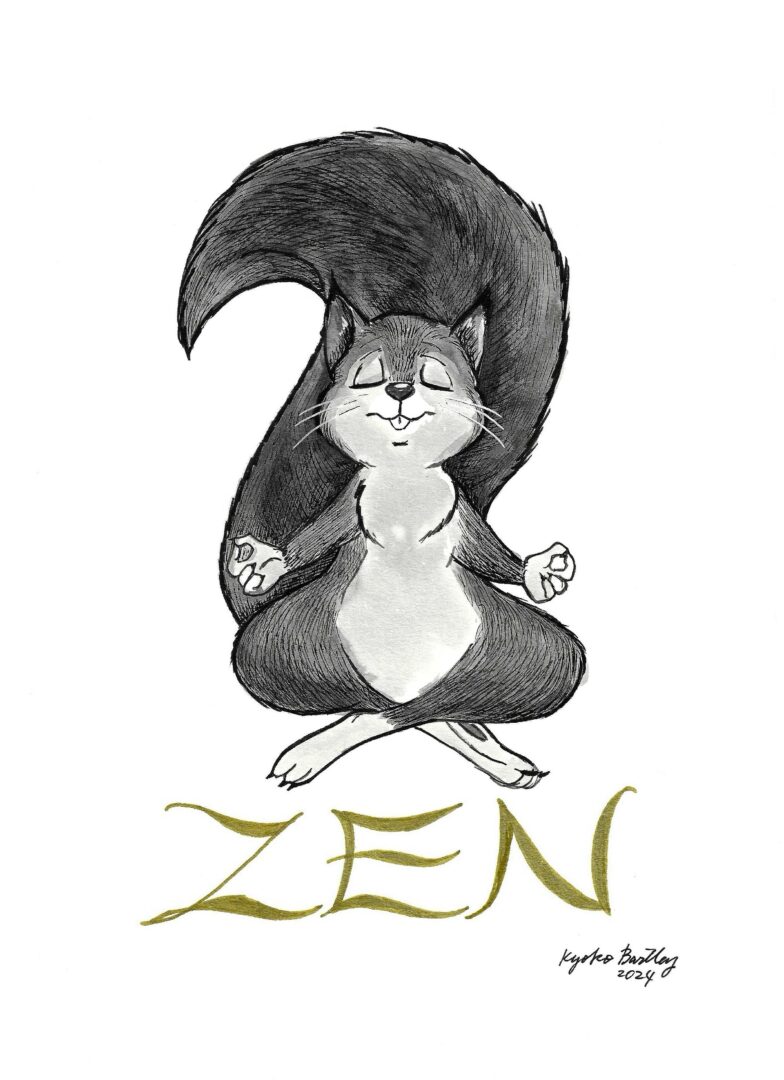
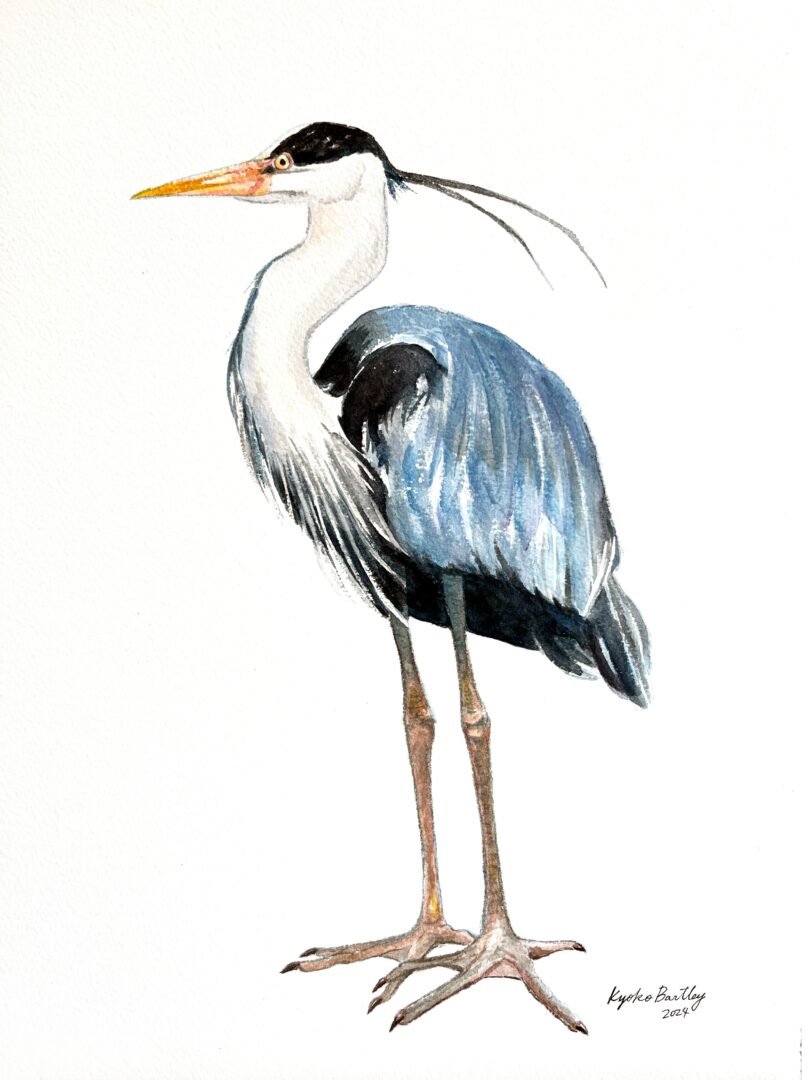
Let’s take a small detour – maybe you can share a bit about yourself before we dive back into some of the other questions we had for you?
I was born in Japan and now work as a Japanese-American visual artist based in Princeton, New Jersey. Lately, my creative energy has been poured into a variety of media—acrylics, pen and ink, sumi, graphite, colored pencil, and watercolor. I love blending traditional Japanese motifs, like koi swimming upstream, rising dragons, phoenixes, and the classic Red Fuji, with a modern touch. I also paint flowers that represent the four seasons of Japan, create portraits of endangered species and beloved pets (dogs, cats, horses—you name it!), and occasionally whip up playful, cartoon-style illustrations of Princeton’s famous black squirrels. You can find my work for sale both in local shops and online.
Growing up, I was deeply influenced by American animation and movies—which probably explains my lifelong love for character design, cartoons, and all kinds of animals. But after moving to the U.S., I realized that my Japanese heritage was actually a superpower. That’s when I started leaning into Japanese-inspired art, finding a unique voice that blends both cultures.
These days, I’m part of an artist co-op called Princeton Makes, located inside the Princeton Shopping Center. You’ll find my original pieces and art goods there, and sometimes you might spot me at pop-up events or local libraries around Central New Jersey.
If you’re curious about my past work or want to explore my portfolio, you can always visit the gallery section of my official website: https://oekaki-princeton.com/
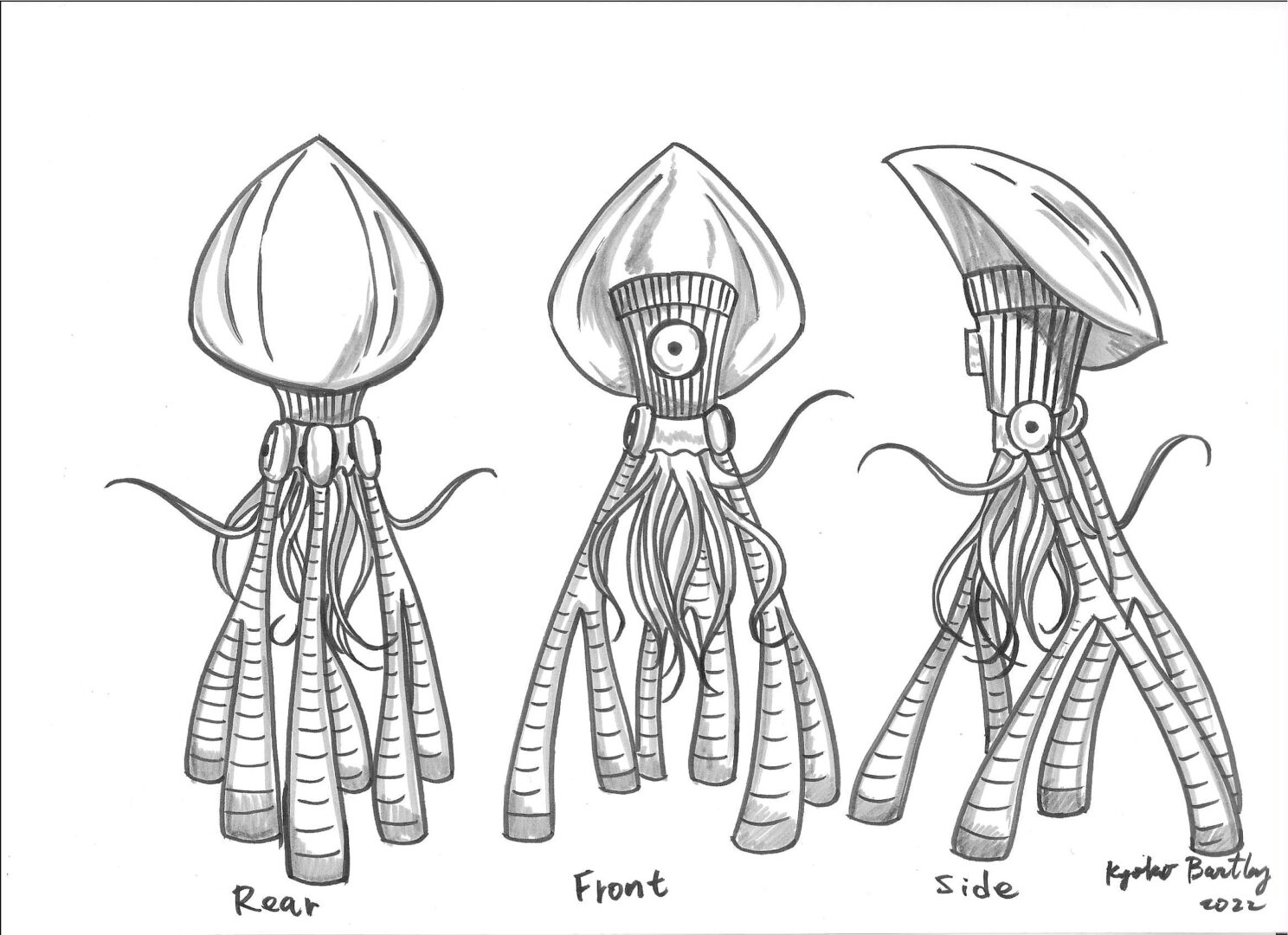
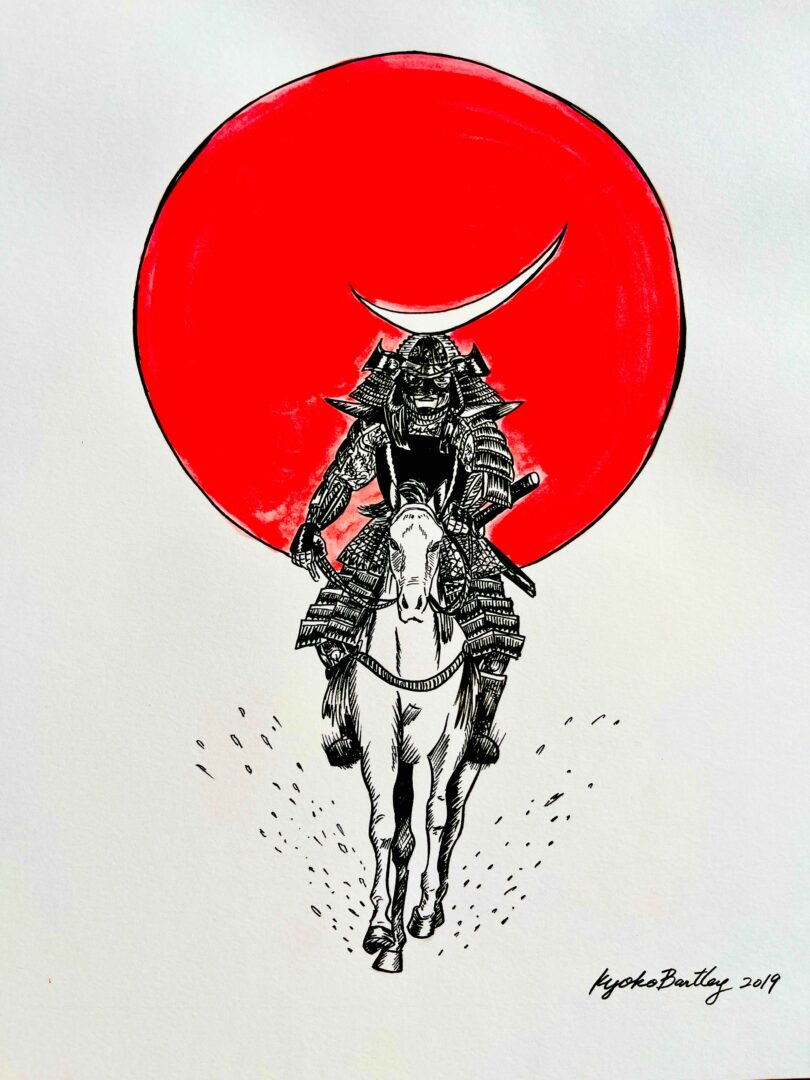
If you had to pick three qualities that are most important to develop, which three would you say matter most?
Honestly, making art and making a living from art are two completely different skill sets—and in my case, I’ve been doing my best to juggle both!
To be honest, mastering the marketing and business side of art has always felt much more challenging to me than simply learning how to draw or paint.
When it comes to creating art, one of the first big questions is: do you want to make art that sells, or do you want to make the art you truly love and hope that someone out there appreciates—and buys—it?
Since I started out in commercial art when I was young, I learned early on to study which styles, subjects, and motifs people were looking for.
A lot of artists struggle with selling their work, and I think the key is to be clear about your own goals from the start. If your goal is to create “sellable” art, then you’ll probably have to go through an apprenticeship period, learning what works in the marketplace. If you’re focused on personal expression, the biggest challenge might be translating your feelings and ideas into a visual form that feels authentic to you.
In my own journey, I started out with commercial work, so I had to quickly develop technical skills, work fast, and deliver pieces that would please my clients. I spent a lot of time looking at different genres, researching other artists, and, most importantly, practicing every day to build up my skills and instincts.
If I had to sum up the three most important things I learned:
Study the work and techniques of artists you admire.
Study what people actually want—what sells, what attracts attention.
Practice every day. The only way to develop your skills and creative intuition is by putting in the hours, over and over again.
And, just for the record: the learning never really stops!
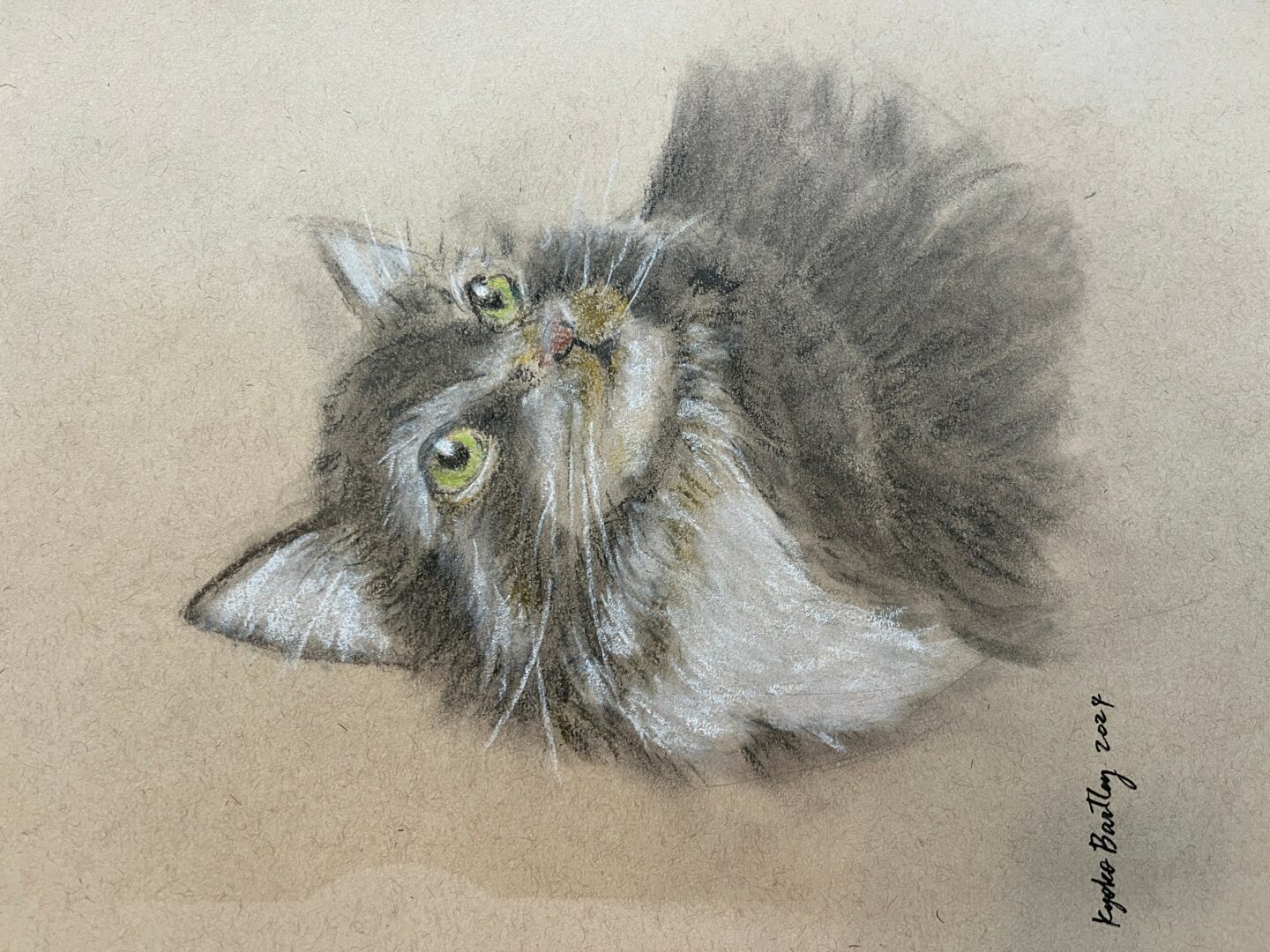
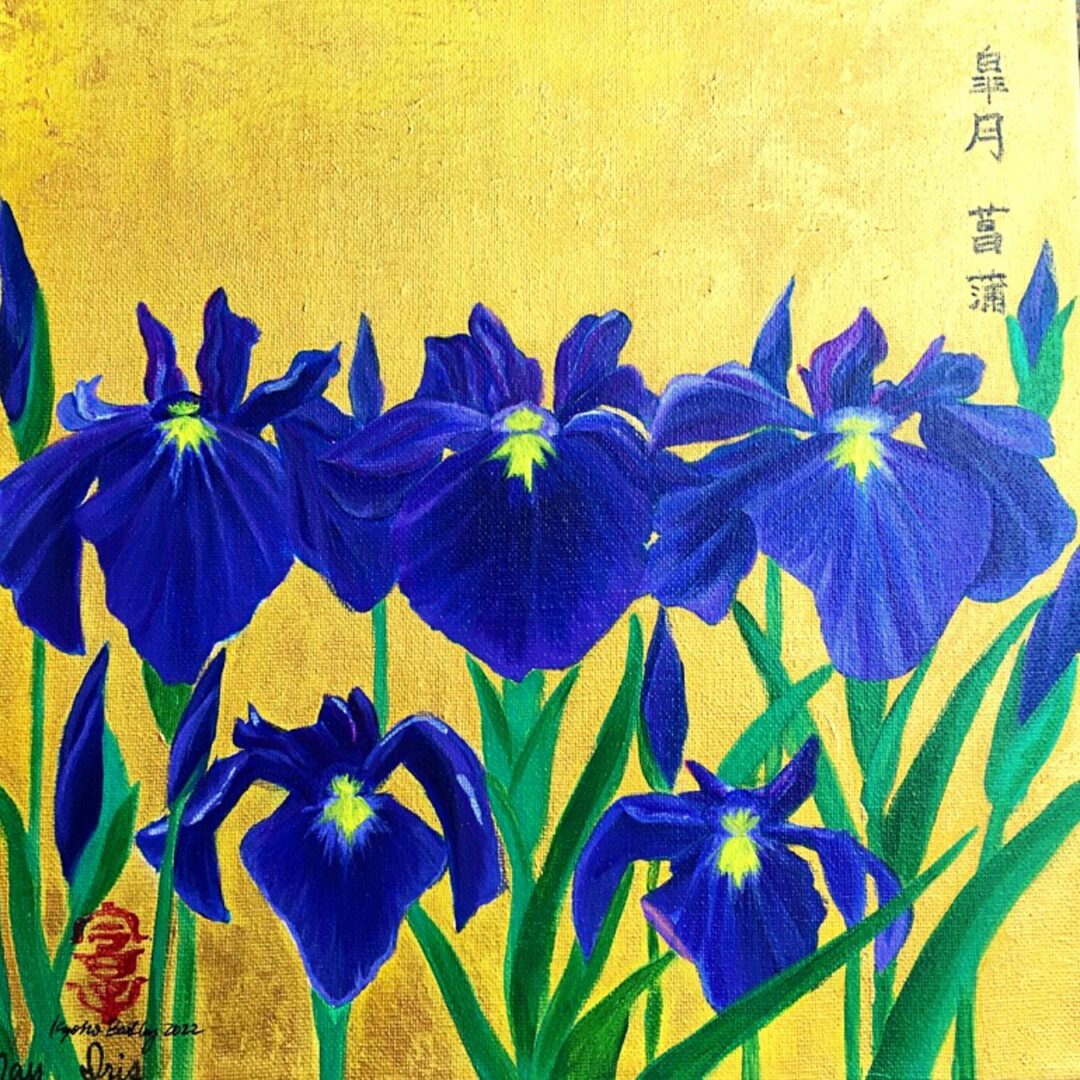
Okay, so before we go we always love to ask if you are looking for folks to partner or collaborate with?
I’ve been captivated by the beauty and craftsmanship of Disney animation and the storytelling magic of filmmakers like Spielberg ever since I was a child. That passion inspired me to draw constantly, write my own stories, and experiment with filmmaking throughout middle school, high school, and college. At home, I’d sketch storyboards for fun, and I never went anywhere without my video camera! In college, I even earned a scholarship that let me visit Hollywood from Japan and tour some of the studios I’d always dreamed about.
I feel incredibly fortunate to be able to keep creating art here in the U.S.—it’s a dream come true. But as much as I love painting, I know that film is something you can’t really make alone. I’ve always wanted to bring my creativity into film and animation projects, to collaborate with others who share that same spark.
So if you’re working on a film or animation project and looking for an artist to join your team, I’d truly love to hear from you. Let’s see what kind of creative chemistry we can create together—I have a feeling we could make something really wonderful.
You can reach me through my website oekaki-princeton.com or connect with me on Instagram at https://www.instagram.com/oekakiprinceton/ . I’m excited to see what we can dream up!
Contact Info:
- Website: https://oekaki-princeton.com/
- Instagram: https://www.instagram.com/oekakiprinceton/
- Facebook: [email protected]
- Linkedin: [email protected]
- Twitter: https://x.com/NandaroAmerica
- Youtube: https://www.youtube.com/@KyokoBartleyArt
- Yelp: [email protected]
- Soundcloud: [email protected]
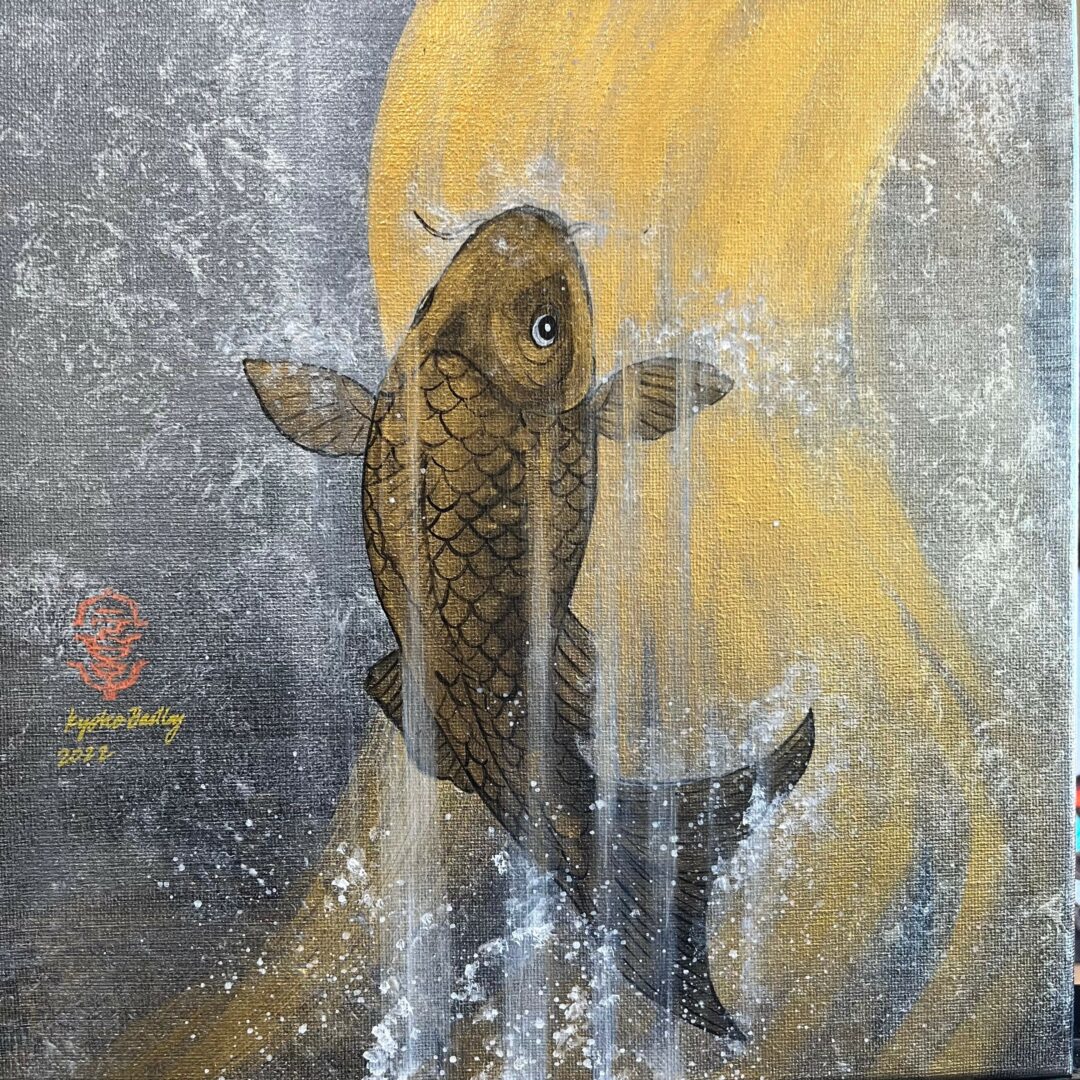
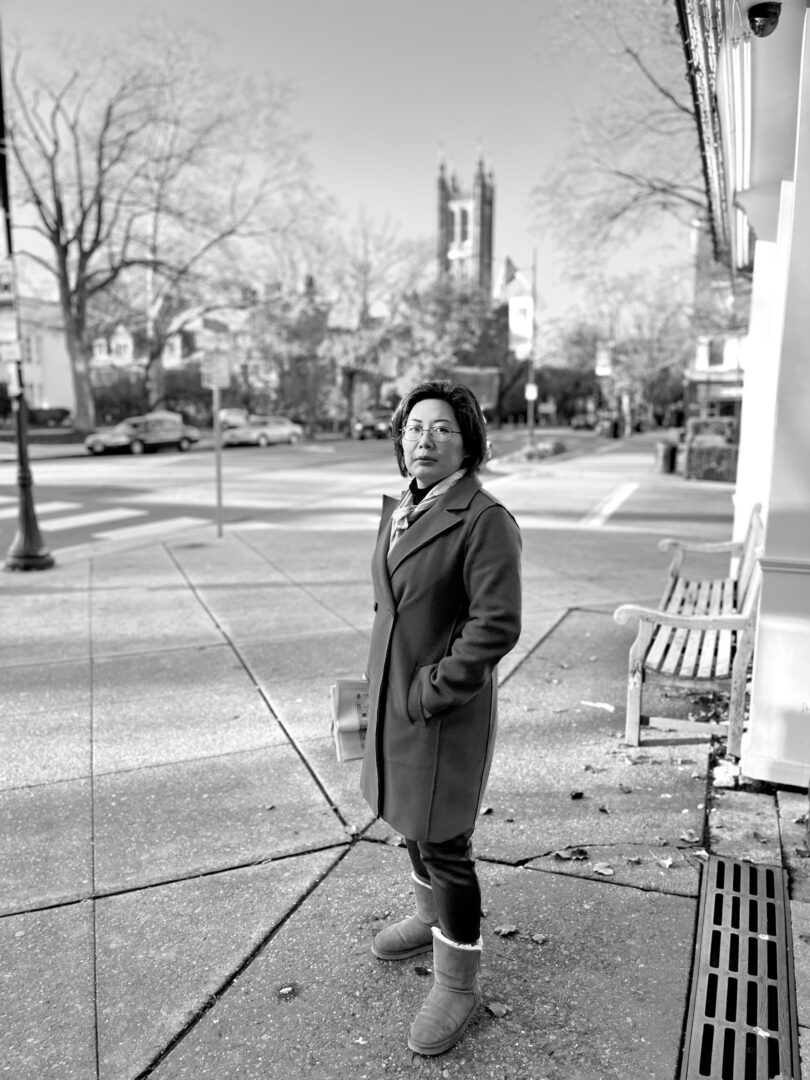
Image Credits
Art by Kyoko Bartley
Photo by Paul Bartley
so if you or someone you know deserves recognition please let us know here.

